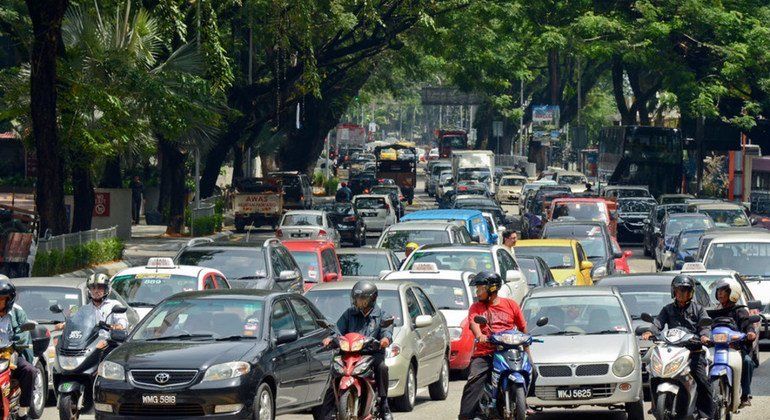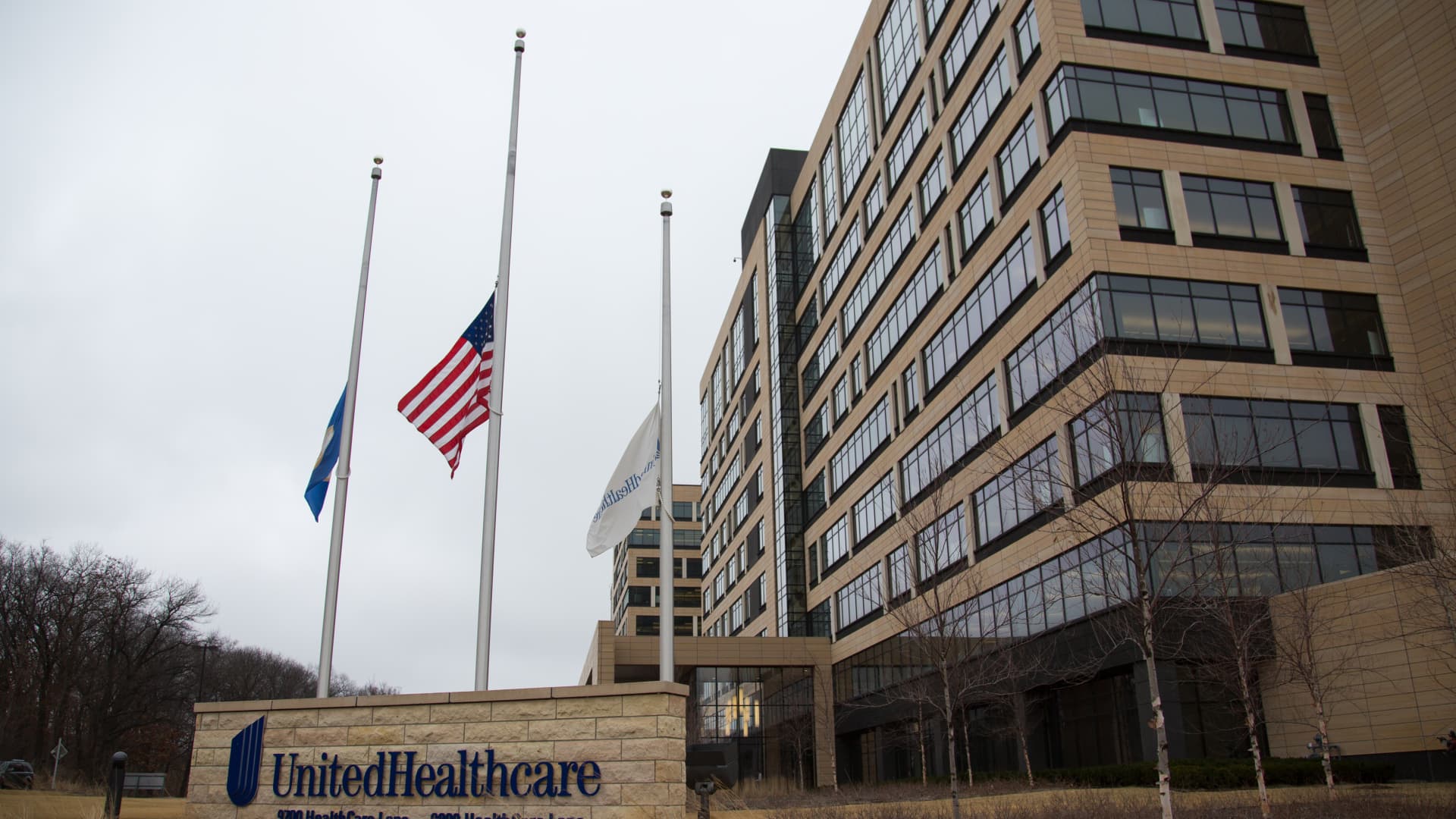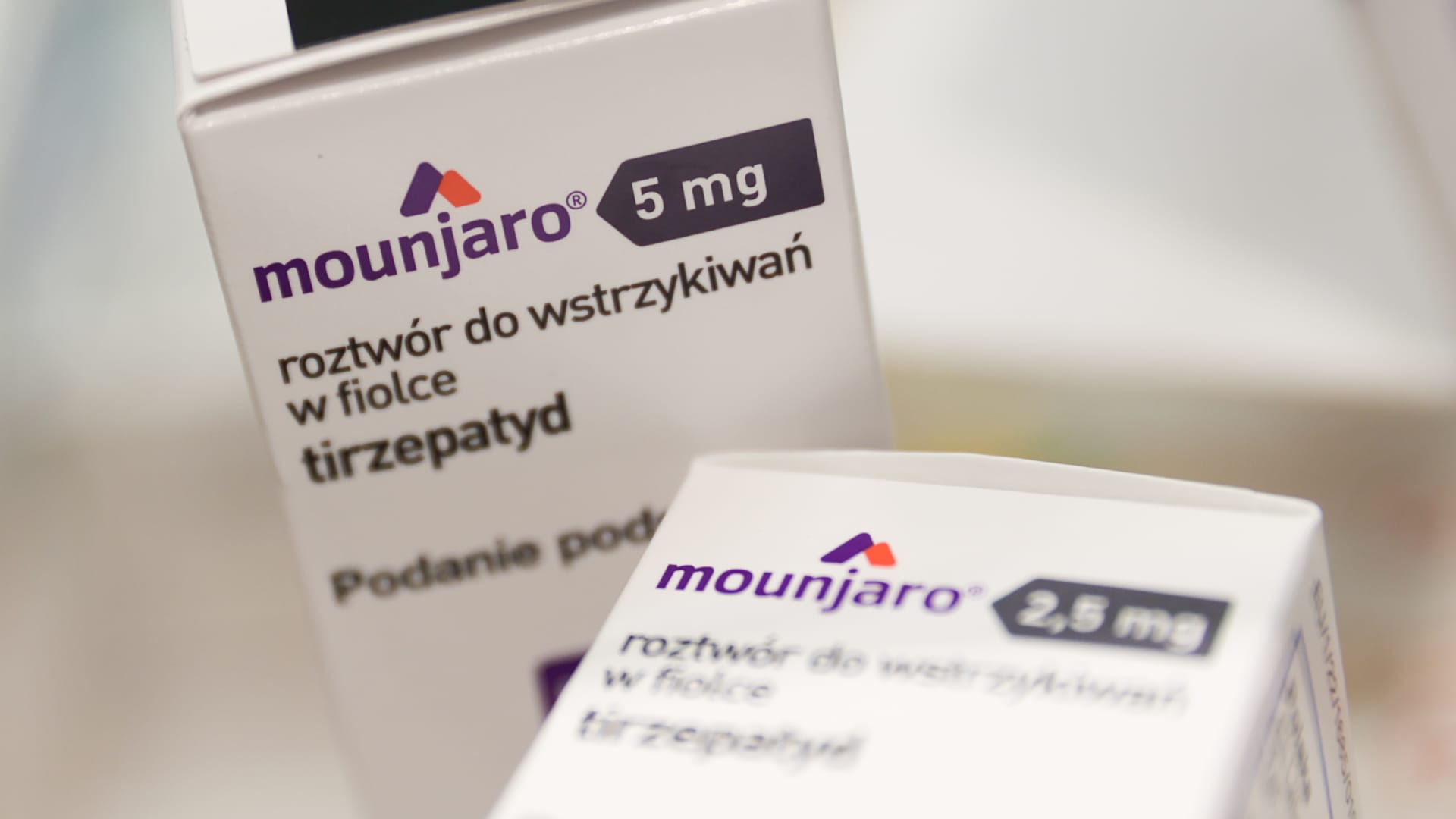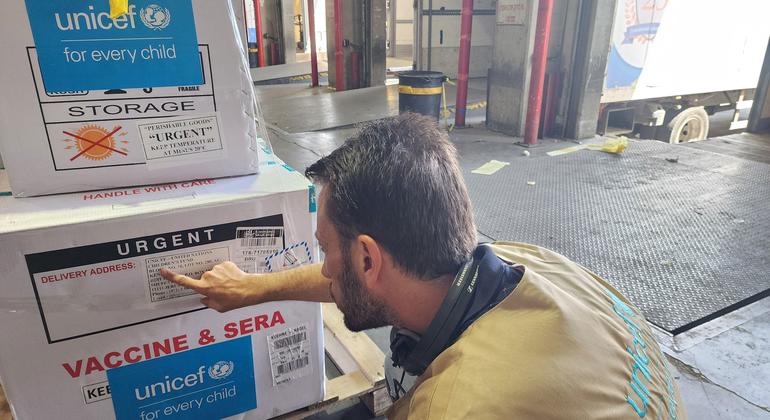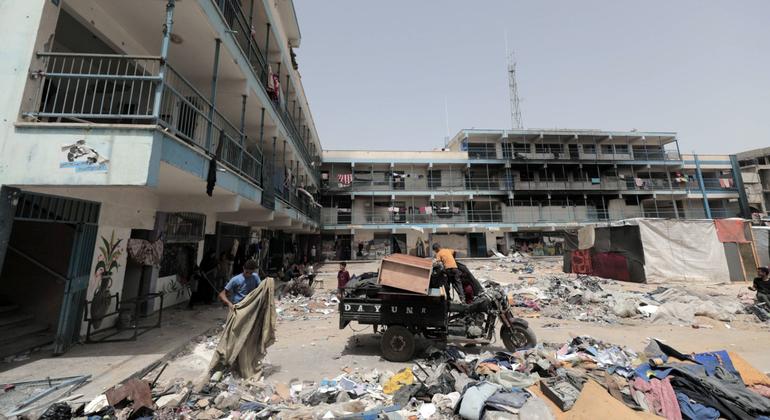The agreement was announced Monday by the Prime Minister of Malaysia, Anwar Ibrahim, current president of the Southeast Asian block Asean, and had to enter into force at the local time of midnight.
According to the reports, the clashes, which began on July 24, displaced more than 130,000 people in Thailand and more than 4,000 in Cambodia, the UN AID partners said last week.
Almost 40 people were killed and about 200 wounds, according to media reports, who cited Thai and Cambodian sources
The UN Security Council met behind closed doors on Friday afternoon to discuss the crisis, which goes back to decades.
'A positive step'
The Secretary General praised El Alto El Fuego “as a positive step to end current hostilities and relieve tensions,” said UN spokesman Farhan Haq, in a statement.
The UN Chief urged both countries to respect the agreement completely and to create a conducive environment to address long -standing problems and achieve lasting peace.
Malasia praised, the current president of ASEAN, as well as the United States and China, for her dedicated efforts towards the peaceful resolution of the situation.
The media reports said that Ibrahim Prime Minister of Malaysia measured the conversations between the sides of his official residence near the country's capital, Kuala Lumpur.
The statement concluded by stressing that the UN is ready to support efforts aimed at promoting peace and stability in the region.
Ukraine: 20 dead and 120 wounded in weekend attacks
Since Friday, at least 20 people were killed and another 120 wounds in Ukraine while attacks continued to devastate the country, the UN office for the Coordination of Humanitarian Affairs (Ocha) said Monday.
The most severe attacks occurred in the Sumy region where a civil bus was beaten, killing three women over 65 years old and wounding 19 more. Sumy also experienced electricity interruptions as a result of attacks.
These attacks come in the middle of a maximum of three years for civil victims, with 6,574 dead in the first half of 2025 and 5,000 long -range ammunition launched only by Russia in July.
Damaged civil structures
Residential buildings, stores and schools were beaten in the border region this weekend, damaging structures in which civilians trust their livelihoods. On Friday a hospital was also attributed to Kharkiv, said the World Health Organization (WHO).
To support families and people affected by attacks, humanitarian workers provided assistance in the form of psychosocial refuge and support materials. They also helped with the repairs of some structures.
“Humanitarian workers continue to coordinate with local organizations to support the most vulnerable people in the Sumy region,” said UN spokesman Farhan Haq, journalists at the New York headquarters.
In Chile, new hepatitis treatments mean that about 98 percent of patients recover completely.
The UN Health Agency asks for urgent action on hepatitis
The World Health Organization (WHO) urges governments and partners to intensify efforts to eliminate viral hepatitis as a threat to public health and reduce liver cancer deaths.
The UN Agency issued the appeal on Monday, World Hepatitis Day.
“Every 30 seconds, someone dies from severe liver disease related to hepatitis or liver cancer. However, we have the tools to stop hepatitis,” said General Director Tedros Adhanom Ghebreyesus.
Viral hepatitis – Types A, B, C, D and E – are the main causes of acute liver infections, but only hepatitis B, C and D can lead to chronic disease, significantly increasing the risk of cirrhosis, liver failure and liver cancer.
However, most people with hepatitis do not know that they are infected. Types B, C and D affect more than 300 million people worldwide and cause more than 1.3 million deaths every year, mainly liver cirrhosis and cancer.
Break the barriers
World Hepatitis Day is observed annually on July 28. This year's theme, We are going to break it downIt requires urgent action to dismantle the financial, social and systemic barriers that are brought on the path of elimination of hepatitis and the prevention of liver cancer.
Last month, the International Cancer Research Agency (IARC), a specialized WHO branch, classified hepatitis D as a human carcinogen, along with types B and C.
Hepatitis D, which only develops in people already infected with hepatitis B, increases the risk of liver cancer two to six times compared to Hepatitis B alone.
Who said that the reclassification of the disease “marks a critical step in world efforts to raise awareness, improve detection and expand access to new treatments for hepatitis D.”
Oral treatment can cure hepatitis C in two or three months and effectively suppress hepatitis B with life therapy, the agency said.
Although the treatment options for hepatitis D continue to evolve, the reduction of the incidence of cirrhosis and liver cancer will only occur with a significant expansion and deepening of vaccination, testing and treatment programs.

